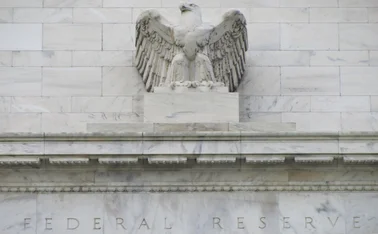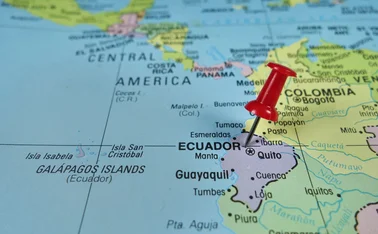
New drivers of the global trade engine
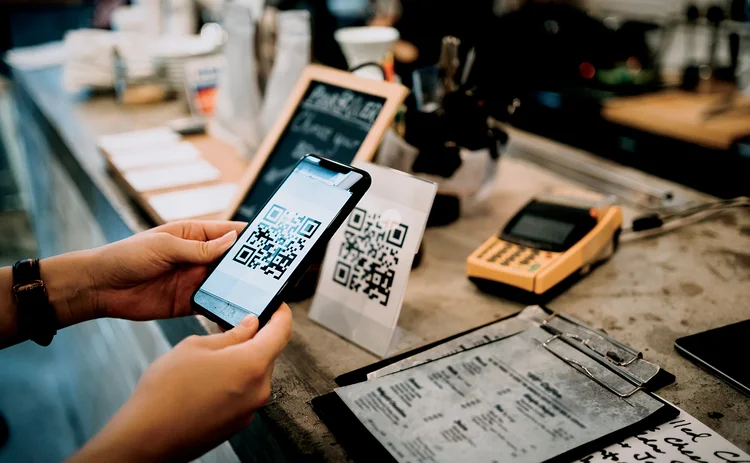
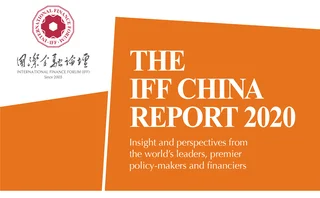
It has been 70 years since the global multilateral economic system was born – when countries decided to build bridges through trade rather than erect walls and dig moats – first through the General Agreement on Tariffs and Trade and then the World Trade Organization (WTO). Progress has been substantial and results have been positive when nations began opening up borders to the free flow of goods and services. Increased global trade has created opportunities for entrepreneurs and spurred growth for economies with its welfare-improving outcome.
Total global trade of goods in 2018 has increased by more than 300 times since 1948 – equivalent to almost half of the world’s GDP in 2018. Emerging market economies (EMEs) account for a larger share of global trade – from around 32% in 1948 to about 43% in 2018 – largely due to the global value chain (GVC). For members of the Association of Southeast Asian Nations (ASEAN) in 2018, domestic value added in exports was estimated at an average of 33% of GDP.1 The GVC also provides an opportunity for more countries to be involved in the production process of tradables – design, manufacturing, marketing, distribution and after-sales support. Thus, EMEs do not need to develop an entire industry – such as an automotive industry – to sell goods abroad. Participation in the GVC also raises income per capita and productivity.
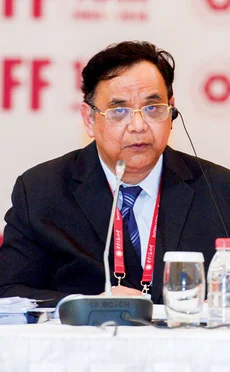
In the Philippines, electronic products – including microchips and semiconductors – currently constitute the largest export commodity. In 1985, electronic products accounted for 22.8% of total Philippines exports. By September of 2019, that share had increased to 56.3%, providing a total export receipt of US$29.7 billion.
With global growth projected to rise from an estimated 2.9% in 2019 to 3.3% in 2020 and then 3.4% for 2021, global trade is also projected increase moderately. The International Monetary Fund (IMF) forecasts a deceleration to 1.25%, while the WTO predicts a slow 1.2% rise in world merchandise trade volume. Global economic slowdown is partly attributed to the trade dispute between the US and China, with US tariffs broadening to include all imports from China. This dispute inevitably has an adverse effect on the world’s trade and supply chain. It is hoped this dispute will end soon as there is always room for compromise and co‑operation. As global growth is predicted to rise to 3.3% in 2020, all is not doom and gloom. Likewise, global trade is expected to recover in 2020 – the IMF forecasts trade to accelerate to 3.2% and the WTO anticipates a 2.7% growth in trade volume.
To support and enable trade, a credible cross-border payments system should be established to facilitate transactions of goods and services. With GVC trade, companies should be able to order and settle obligations quickly to minimise disruption to the production chain and the delivery of goods and services. Payment systems should be the oil that fuels the trade engine. The global payment system has likewise entered the digital era, and trade has adapted to this. In a June 2019 article, the IMF declared: “The digital revolution has changed the nature of trade.” Enterprises now operate as links in the GVC, encompassing multiple economies; overseas providers deliver services such as banking and insurance; and e-commerce has increased its role in cross-border transactions.
Codes and clearing houses
The digital revolution has also altered the retail payment system and opened possibilities for greater financial inclusion. Recognising this potential, the Bangko Sentral ng Pilipinas (BSP) has steered the formulation of the policy and regulatory framework for the National Retail Payments System (NRPS). Under this system, the BSP provides regulatory oversight and policy direction to payment service providers, which are composed of banks and non-bank e-money issuers. The two priority automated clearing houses established under the NRPS are Pesonet, for batch electronic funds transfer (EFT) credit push payments, and InstaPay, for real-time low-value EFT credit push payments. Pesonet launched in November 2017, but has since increased its transactions by 238% in September 2019. The number of InstaPay transactions has risen from 1,740 in April 2018 to 3.5 million by September 2019.
Another mode of payments gaining traction is the use of machine-readable QR codes, given the ease, convenience and speed of merely scanning the code. In the Philippines, PayMaya and GCash are the early implementers of QR code-driven payments and financial services. In the absence of a national QR code standard, the QR solutions of these e-money issuers are not yet interoperable. In November 2019, the BSP launched the adoption of a national QR code standard for payments in the Philippines.
The linkage of payments and settlements systems between countries and regions is a continuing process. With increasing integration of trade and investments, as well as tourism and labour in Southeast Asia, ASEAN member states have likewise started to work towards a similar initiative. The ASEAN Working Committee on Payment and Settlement Systems – which the BSP co-chairs with the Bank of the Lao PDR – has been working to implement the policy framework and implementing guidelines in support of the priority to establish an interoperable cross-border real-time retail payment system in the region. It is proposed that the participation of any ASEAN member state is voluntary, and takes into account the varying state of readiness of each member to take part in a regional payment system.
These payments systems’ successful integration will hinge on the private sector – particularly the banking community. Commercial banks engaged in foreign exchange business have the capacity to lead the establishment of bilateral or multilateral payments and settlement systems. Aside from cross-border payment systems, the current bilateral/multilateral setup is principally motivated by banks’ overall business strategy and their respective clientele’s needs.
The future of trade and payment systems in Asia – and, indeed the rest of the world – is exciting. Technology and innovation have spurred further integration of economies, with buyers and sellers not confined by national boundaries. Governments – especially central banks – provide the enabling environment to allow the private sectors, banks and other financial institutions to capitalise on these innovations to reach a common goal: speed and efficiency.
Notwithstanding the ongoing trade tension, co-operation between countries should not cease. We have laid the foundations of enduring partnerships – we must now make it work for the greater good of our nations.
Notes
1. ASEAN-Japan Centre (January 2019), Global value chains in ASEAN: A regional perspective, Paper 1, Revised, p.6.
Only users who have a paid subscription or are part of a corporate subscription are able to print or copy content.
To access these options, along with all other subscription benefits, please contact info@centralbanking.com or view our subscription options here: http://subscriptions.centralbanking.com/subscribe
You are currently unable to print this content. Please contact info@centralbanking.com to find out more.
You are currently unable to copy this content. Please contact info@centralbanking.com to find out more.
Copyright Infopro Digital Limited. All rights reserved.
You may share this content using our article tools. Printing this content is for the sole use of the Authorised User (named subscriber), as outlined in our terms and conditions - https://www.infopro-insight.com/terms-conditions/insight-subscriptions/
If you would like to purchase additional rights please email info@centralbanking.com
Copyright Infopro Digital Limited. All rights reserved.
You may share this content using our article tools. Copying this content is for the sole use of the Authorised User (named subscriber), as outlined in our terms and conditions - https://www.infopro-insight.com/terms-conditions/insight-subscriptions/
If you would like to purchase additional rights please email info@centralbanking.com
Most read
- BIS’s Zhang Tao on why Asian central banks favour a broader policy mix
- Central banks prepare for the rise of AI
- Central bank of the year: Central Bank of Brazil

